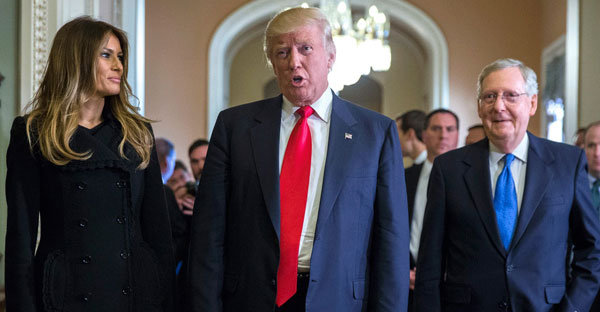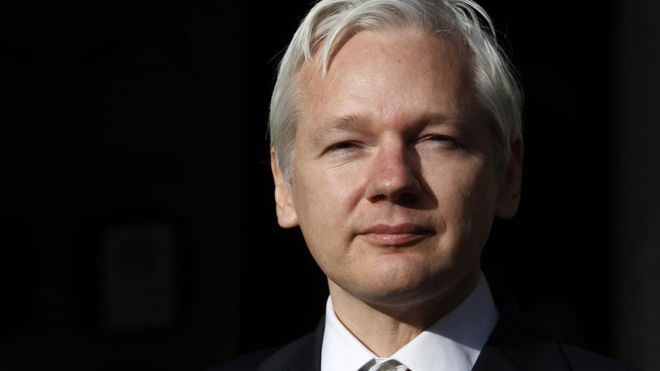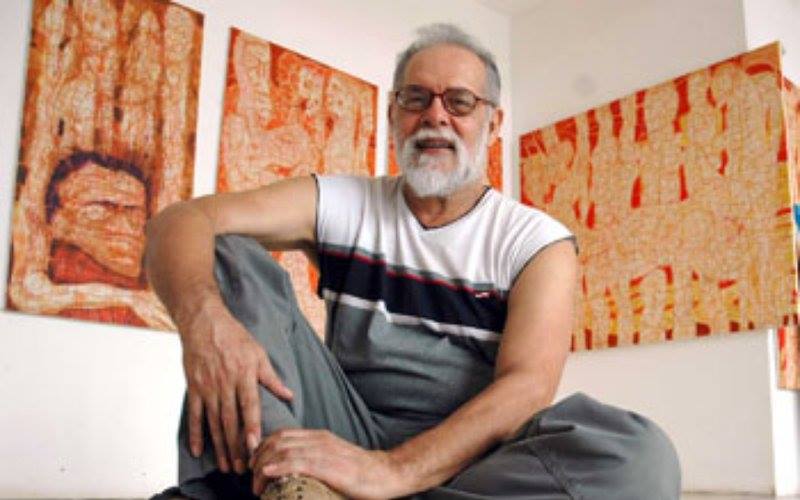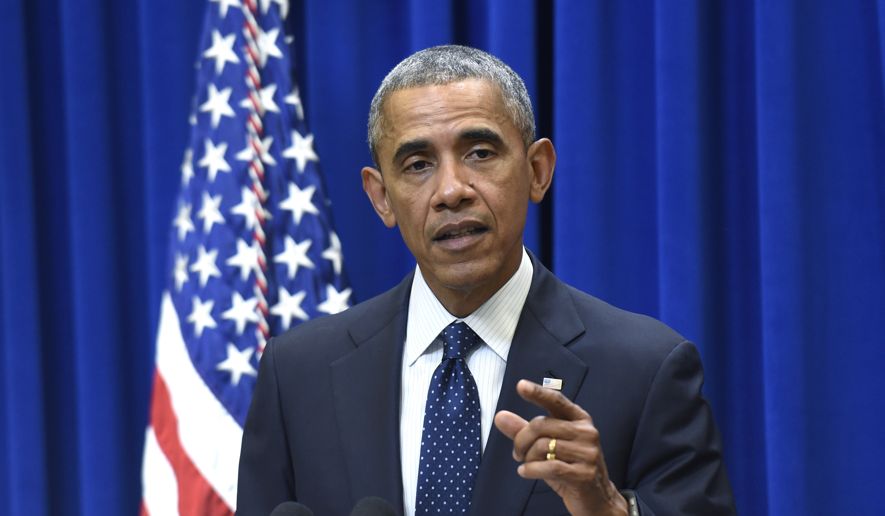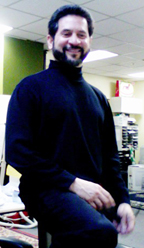by David Plouffe
Like many people around the world, I expected a comfortable Hillary Clinton victory on Tuesday. But I’m not a random pundit when it comes to understanding presidential races and the electorate – I managed one Obama presidential campaign and oversaw another from the White House. So of all the forecasts that got it wrong, my prediction that Mrs. Clinton was a 100 percent favorite was a glaring miss.
My confidence was not partisan spin. It was based on public data, voting history and some sense of the Clinton campaign’s own models. I played with various state scenarios, and even in the most generous outcomes, could not get Donald J. Trump to 270 electoral votes.
But he ended up winning 306 electoral votes and, most important, did it by breaking into the Upper Midwest, leaving the blue Big Ten firewall in ruins.
What happened? We will know much more when all the data is in and we can see exactly who voted. But based on what we know, it was a combination of several factors that led to this stunning upset.
DEMOCRATIC TURNOUT WAS VERY WEAK – Overall turnout was as well, as Donald J. Trump received fewer votes in winning than Mitt Romney did when he lost decisively in 2012.
Still, the nagging worry about a lack of broad-based enthusiasm for Mrs. Clinton, which I noted often as someone familiar with the Obama coalition, proved to be justified. She had passionate supporters and volunteers, for sure. But for sporadic and potential first-time voters, the spark was not there.
In Detroit, Mrs. Clinton received roughly 70,000 votes fewer than Mr. Obama did in 2012; she lost Michigan by just 12,000 votes. In Milwaukee County in Wisconsin, she received roughly 40,000 votes fewer than Mr. Obama did, and she lost the state by just 27,000. In Cuyahoga County, Ohio, turnout in majority African-American precincts was down 11 percent from four years ago.
It’s a reminder that presidential campaigns are driven in large part by personality, not party. Ronald Reagan, President Obama and now Mr. Trump all were able to create electoral coalitions unique to them.
MR. TRUMP’S MARGINS IN RURAL AND EXURBAN COUNTIES WERE OFF THE CHARTS – For example, in Madison County, an exurban area outside Columbus, Ohio, Mr. Romney’s margin over Mr. Obama was 20.4 percentage points; Mr. Trump’s margin over Mrs. Clinton was 39.8. In Buchanan County, Iowa, outside Cedar Rapids, Mr. Obama beat Mr. Romney by 13.9 points. Mr. Trump reversed that result, winning the county by 14.2 points. That happened in thousands of counties throughout the country, and it added up quickly.
IT REALLY WAS A CHANGE ELECTION – The voters were serious about that. And there was only one change candidate.
STRONG AND WEAK CURRENTS BEAT DATA AND ANALYTICS – The models for both support (vote share) and turnout were off significantly. It appears that there really were hidden Trump voters, meaning his ceiling of support was higher than most of us believed possible based on polling and modeling survey responses. And millions of potential Clinton voters who the models suggested would vote stayed home.
THE THIRD PARTIES – This will need to be confirmed by more data and analysis, but one major reason Mr. Trump’s ceiling could have ended up higher than projected was that the potential Trump voters parked with Gary Johnson, the Libertarian candidate, left to vote for Mr. Trump. But potential Clinton targets, especially the younger Johnson voters, stuck with him. Mr. Johnson’s support declined over time, but not equally — those who were potential Clinton voters were stickier than the Trump targets. Mr. Johnson won 8 percent of voters under 45, but only 2 percent of those over 65.
MESSAGE MUDDLE – The only two messages that appeared to punch through were the anti-Trump line, on the left, and the grossly overhyped email issue on the right. Mrs. Clinton talked about what she wanted to do from a policy perspective every day, but this campaign was not the Lincoln-Douglas debates, it was “Mad Max: Fury Road.” The three big TV networks together devoted 32 minutes on their evening newscasts to policy coverage in 2016. Again — 32. The race turned into “The Jerry Springer Show,” and that was the kind of campaign Mr. Trump was most comfortable with — and I’m sure the ugliness had the added effect of suppressing turnout.
THE TRUMP CAMPAIGNERS WERE SMART – As they flew around Pennsylvania and Michigan and boasted they could change the map, many people, including me, ridiculed them as aimlessly and amateurishly wasting time and resources. But they saw something and committed to a strategy few even in the Republican Party thought would work. They challenged conventional wisdom, and were proved right. And Mr. Trump’s appeal to voters in these states was as strong as he predicted it would be.
JAMES COMEY – From the last debate until Election Day, the dominant news was the F.B.I. and Mrs. Clinton’s emails along with a drumbeat of daily WikiLeaks dumps. Postelection research will help shed light here, but the small number of undecided voters at the end should have broken at least equally based on their demographic and voting history. If exit polls are accurate, they moved to Mr. Trump much more than to Mrs. Clinton in certain battleground states, and it’s quite possible the shadow created by the F.B.I. director was the major culprit. Oct. 19, the day of the final debate, was a long 20 days to Nov. 8, and the atmosphere was far from ideal for the Democratic candidate.
Democrats will spend months analyzing what happened, and making important course corrections. We need new talent and leaders to emerge at all levels, including some who can begin to think about running in 2020 against President Trump. Our bench looks thin and conventional, but no one thought, in 2004 or 2012, that Barack Obama or Donald Trump would be serious candidates, let alone win the presidency.
The name of our savior may not be on any of our tongues now. It will be fascinating to see who emerges from the rubble of losing what looked like a sure thing.




